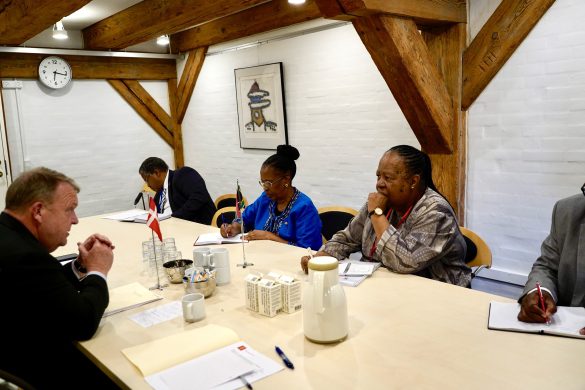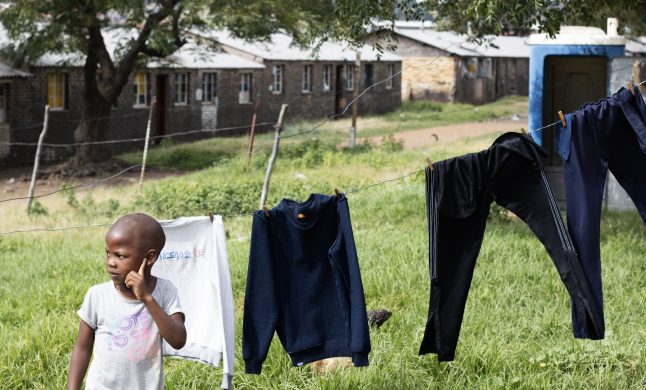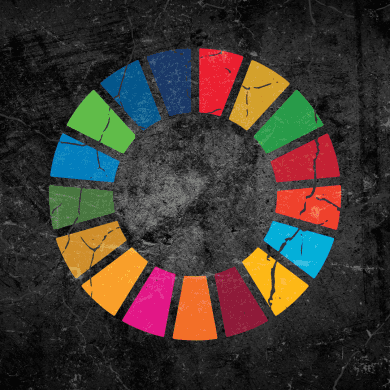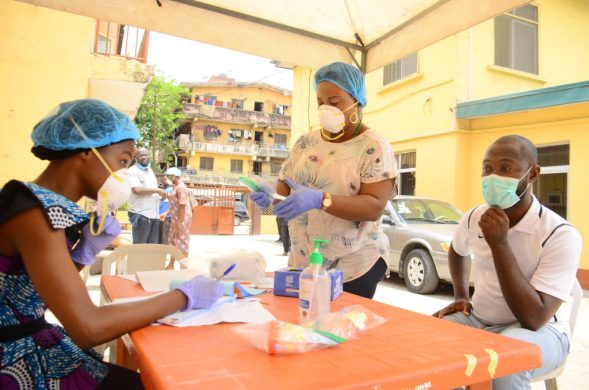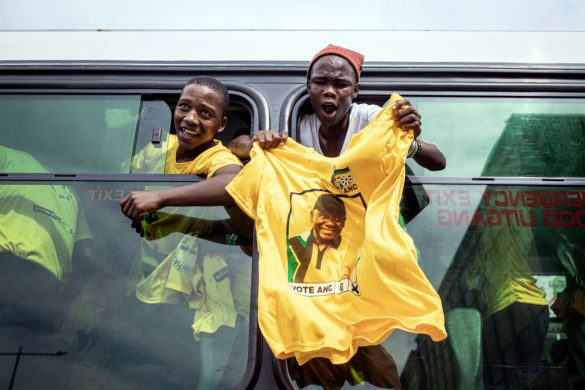NEW YORK, 16 September 2009: Governments are falling well short of the financial commitments made to help developing countries climb out of poverty and meet other internationally agreed goals aimed at combating hunger and a host of other social and economic by 2015, according to a United Nations report launched Wednesday.
Global poverty-fighting commitments are more important than ever in a world facing economic, food and climate crises, said the report, “Strengthening the Global Partnership for Development in a Time of Crisis,” prepared by the UNs Millennium Development Goal (MDG = 2015 Målene) Gap Task Force.
Although development assistance rose to record levels in 2008, donors are falling short by 35 billion US dollar per year on the 2005 pledge on annual aid flows made by the Group of Eight (G8) in Gleneagles, and by 20 billion a year on aid to Africa, according to UN estimates.
– In times of growth we achieved a great deal, said Deputy Secretary-General Asha-Rose Migiro at the launch of the report at UN Headquarters in New York, adding: – Now the world must show that it can also make progress under adverse conditions – when the poor, the hungry and the vulnerable need us most.
Speaking as world leaders prepare for next weeks annual high-level debate at the General Assembly in New York and the summit in Pittsburgh, United States, for the Group of 20 (G20) leading economic nations, Ms. Migiro underscored the impact of the global recession, food shortages, an expected spread of influenza pandemic this year and climate change as barriers to realizing the MDGs.
The MDG Gap Task Force was created by Secretary-General Ban Ki-moon to track global commitments on aid, trade and debt, and to follow progress on access to essential medicines and technology, included in the Eight Millennium Development Goals. The task force brings together more than 20 UN agencies, the IMF, the World Bank, WTO and the OECD.
Official development assistance (ODA) rose by about 10 per cent in 2008, to 119,8 billion dollar, according to the Report. The share of ODA in the gross national income of donor countries improved as well – from 0,28 per cent in 2007 to 0,30 per cent in 2008.
But this increase remains far from the agreed target of 0,7 per cent to be reached by 2015. It also falls short of the commitment to increase annual aid flows to about 155 billion dollar per year by 2010. The global crisis has put aid budgets of donor countries under pressure, making it harder to meet that intermediate target.
The Report highlights a “coverage gap” in ODA distribution, as most of the increase in ODA since 2000 has been limited to a handful of post-conflict countries, including Iraq and Afghanistan. In contrast, many of the poorest nations in Africa have seen very little increase in aid.
Developing countries have been hurt by the collapse in trade finance since the onset of the financial crisis, tallied at a falloff of somewhere between 100 and 300 billion dollar. Strangulation of trade finance has been combined to ill effect with new trade restrictions in many countries, and a stalemate in the Doha development round of trade negotiations.
Compared with a 2005 agreement by the World Trade Organization in Hong Kong to allow 97 per cent duty-free access to imports from the poorest countries, only 80 per cent of least developed country (LDC) exports have acquired duty-free status in industrialized country markets.
The Report also finds that even after the success of two major debt relief initiatives, high prices for imported fuel and food combined with weak demand for export commodities have left many developing countries with difficulties in paying their external debts.
Access to medicines and technology
The UN Report finds that just as the purchasing power of the poor is under threat, the cost of many essential medicines is rising. On average, people in developing countries now pay three to six times more than international reference prices for the cheapest medicines.
The digital divide between the prosperous and the poor remains wide, both among and within countries. Although more than 65 million new mobile phone subscribers signed up in Africa in 2007, the penetration rate is still less than a third of the population, as compared to 100 per cent in developed countries.
Fixed broadband Internet service remains prohibitively expensive in the developing world, where people pay 10 times more than in industrialized countries.
Strengthening the Global Partnership for Development recommends public-private partnerships to improve access to essential medicines, mobile cellular telephony and Internet service. A major theme emerging from the UN study is that implementation of the full range of global commitments can effectively advance economically and environmentally sustainable growth —growth that mitigates climate change while addressing the political, economic and public health deficits associated with extreme poverty.
Kilde: FNs nyhedstjeneste og UNDPs website






